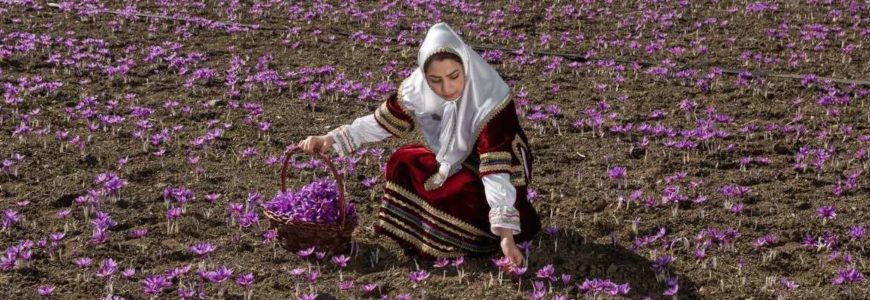
The laborers edge their way across a field of bright purple flowers gathering up the world’s most expensive spice, a bounty that makes this dusty corner of Iran a crucial part of global cuisine.
The delicate purple leaves of the Crocus sativus plant hold just three or four of the even more delicate red stamen, better known as saffron, that sprouts for just 10 days a year.
These tiny filaments are currently selling in local markets for 90 million rials per kilo—about USD 700 on Iran’s volatile exchanges—and perhaps four times higher abroad.
The government says more than 90 percent of the world’s saffron grows from the hard soil in Khorasan province of northeastern Iran—a figure corroborated by France’s specialist institute of agriculture and fishing FranceAgriMer—eventually finding its way into Spanish paellas, Indian curries, Swedish saffron buns and much more.
India is a distant second, followed by Greece, Morocco, Azerbaijan, Afghanistan and Spain, according to a FranceAgriMer report in 2013.
The star producer in Iran is the small town of of Torbat-e Heydariyeh, about 700 kilometers (435 miles) east of Tehran—which accounts for a third of global production, according to FranceAgriMer.

